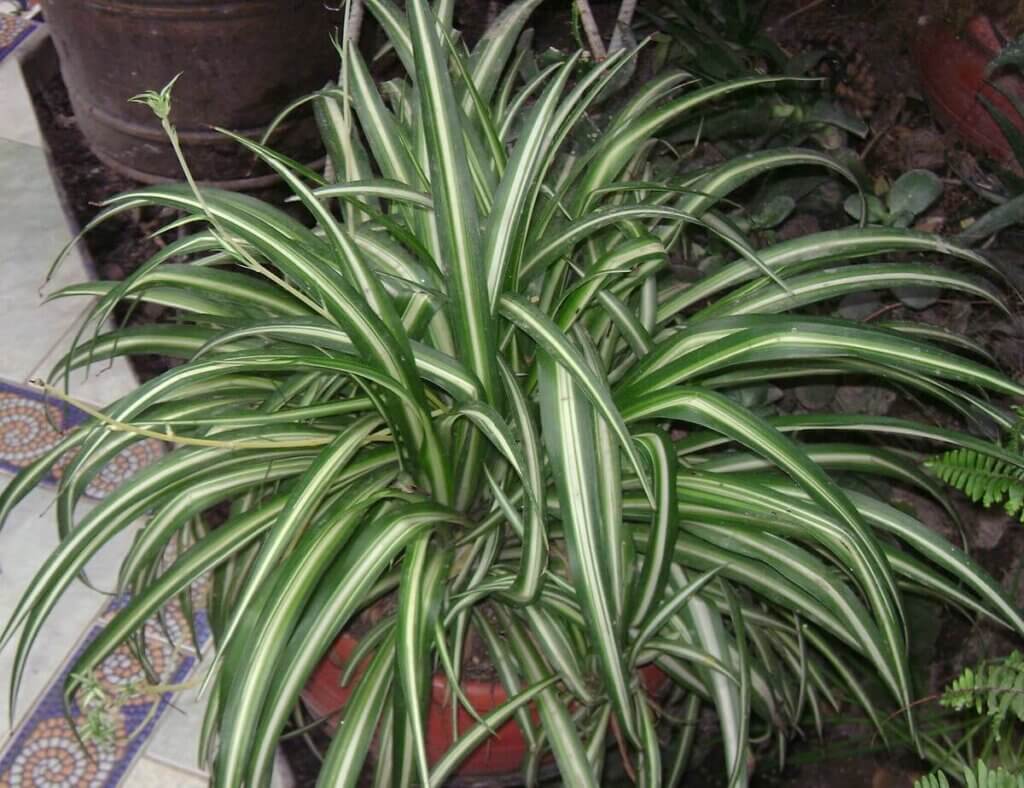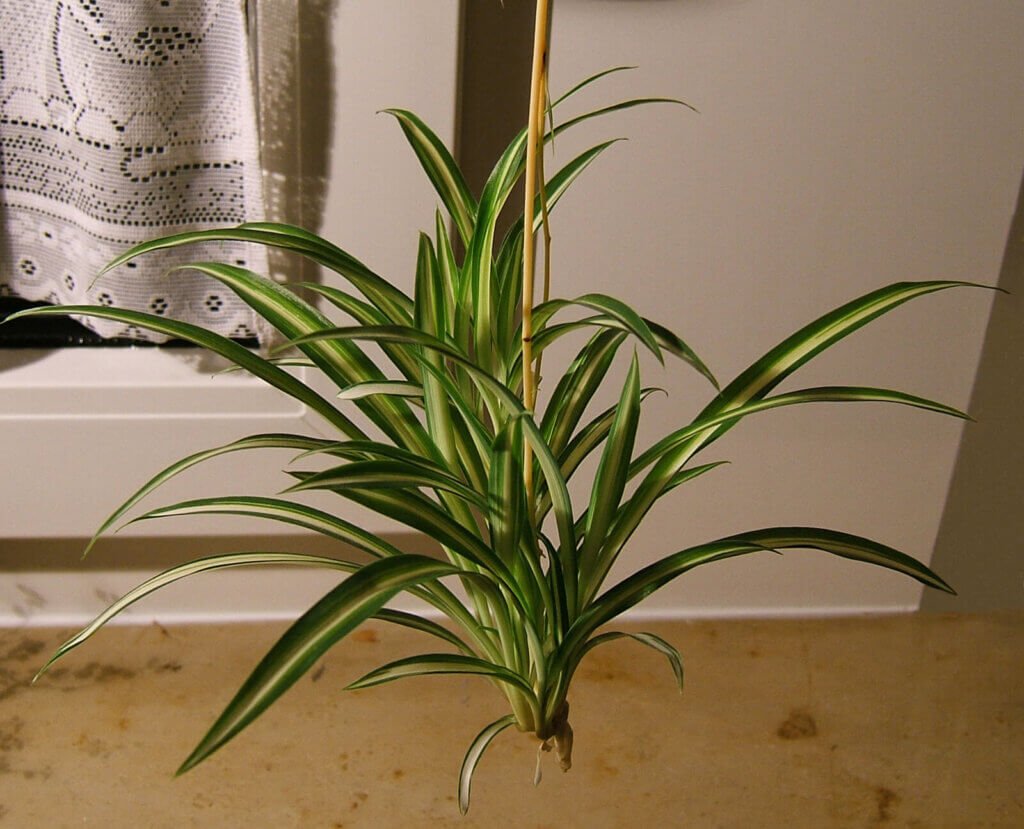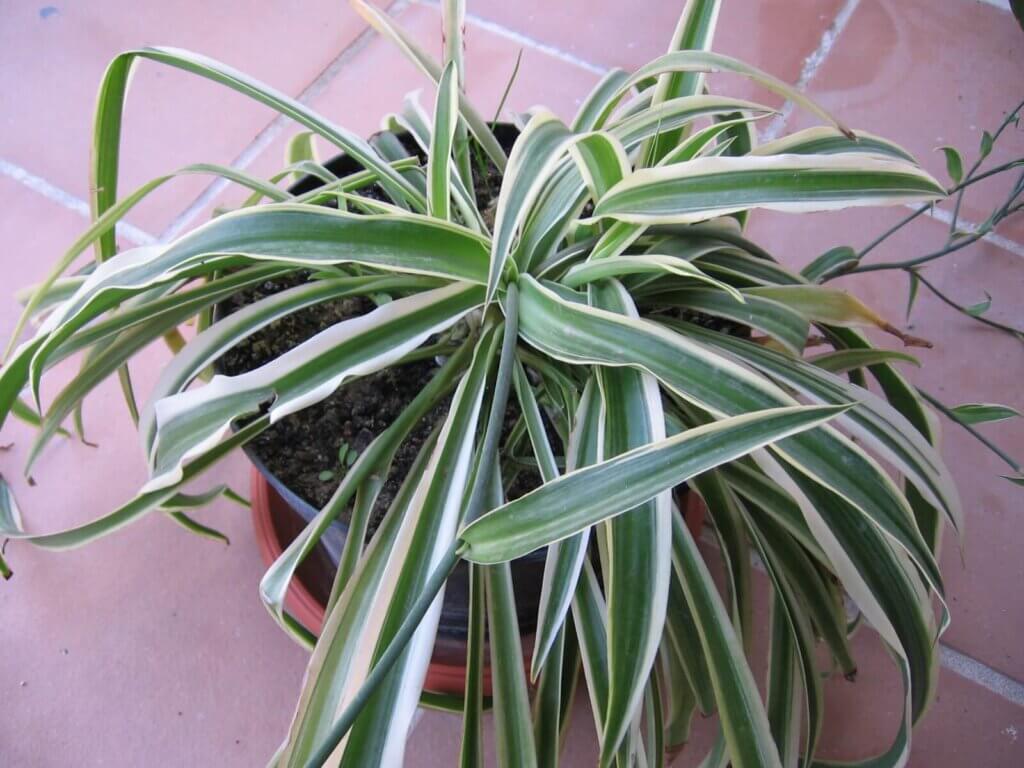The spider plant also called Airplane plants, is one of the most sought-after houseplants.
It’s beautiful and graceful arching leaves gives an appealing impression wherever planted – your garden, balcony, attic, tabletop, or a mantle. Not just its beauty, but spider plants are popular for their amazing air purifying qualities as well.
Now, you can give a firm thought to adding this beautiful and healthy houseplant to your interior or exterior!
Though planting these little greens is an easy job, you need to learn how to care for spider plants. If you are new to gardening, the fast-growing houseplant is a perfect option for you to start with your first real gardening experience.

Don’t worry. We have got your back. Check out this blog to know everything about caring for spider plants. We have tried answering a few of the most common questions beginners and even experienced gardeners ask.
Without further ado, let’s get started!
How to care for spider plants
Choose the best planting site
Use well-drained potting medium or soil
When you are planning to have your spider plant rooted outdoors, choose an area that contains well-drained soil – soil with sand.
For planting the houseplant indoors, get a potting medium like coco coir or vermiculite. However, you need not fret over the soil quality much as it is an adaptable houseplant.
Ensure indirect sunlight or moderate-deep shade
Spider plants never demand hours of natural light, so they even thrive in bedrooms, window sills and bathrooms.
All you need to take care of is keeping them at least 12 inches away from the windows facing south during summer and spring months.
In case, you plan to plant it outdoors, make sure you choose a location experiencing moderate to deep shade through the day. Excessive direct sunlight can lead to a scorched spider plant.
Maintain a consistent balance of humidity and temperature
If you reside in a region with frequent temperature and humidity fluctuation, it is better to take the plant indoors.
Spide plants feel good in a temperature range of 50 °F to 80 °F. They cannot grow outdoors in freezing temperatures or cold weather.
Considering the role of humidity in the growth of spider plants, they prefer humid climates. So, having a humidifier indoors would not be a wrong option.
Follow the basic care rules
Use distilled/purified water for your spider plant
Spider plants are sensitive to fluoride, so they are not quite friendly with tap water.
You should water the plant with purified or distilled water at room temperature.
Hot or cold water can send a shock to the plant and lead to the weakening of the leaves and roots. Moreover, tap water leaves a mineral residue on the plant that can destroy it eventually.
Keep your pot/soil moist, not soggy
To see if the soil is dry, gently dig your finger in it. If you notice an inch of the soil surface is dry, better water the plant. It is essential to water spider plants moderately once a week during the first year of its propagation.
Make sure you don’t make it soggy. Post a year, you can water it sporadically. Always empty your plant trays after the excess water from the pot is drained out.
Fertilize your spider plant a couple of times in a month during summer and spring
During the growing season, you should get a general liquid fertilizer for feeding spider plants.
Granular fertilizers may not give as good results as liquid fertilizers. Go by the directions mentioned on the fertilizer package to understand the right proportions of solutions to apply at the base of the plant (base of the soil). If you are using a pot indoors, do not fertilize your spider plants in winter.
Transplant the spider plant in case it outgrows the container
When you notice your spider plant is outgrowing its pot/container, it is time to transplant it to the garden. How would you know if it outgrows? You will see the roots of the plant growing through the drainage holes.
In a case as such, you should repot the plant to a larger container in spring or take it outdoors in your garden. However, ensure providing fresh potting medium or well-drained soil to prevent waterlogging.
Propagate large plants
When you have a large spider plant, you can propagate it into multiple plants.
Divide it by cutting or pulling the root ball into multiple segments, each having few leaves.
Now repot the individual segments using a fresh potting medium. You can also pluck the plantlets and root them in a glass of water.
While propagating baby plants, support it by placing a napkin wad or cotton ball in the jar/cup to ensure the roots don’t get submerged.

Common questions asked on how to care for spider plants
Why are the leaves fading in color?
Did you recently notice the leaves of your spider plant losing color? Maybe they have been left thirsty for long.
The droopy and fading leaves need consistent watering. If you have not maintained a schedule of watering the plant lately, fading leaves are the consequences you face.
The plant indeed tend to dry out between waterings, but underwatering it will lead to extreme dryness that further leads to not-so-good conditions.
To avoid this situation, you must water the plant whenever the top one inch of the soil seems dry.
If you allow the plant to dry out entirely by mistake, you will see the leaves lose color, droop, limp and start turning brown. It is suggested to go for a complete soak to save the plant.
Check out the way to soak-water the spider plant:
- Keep your plant in the sink or tub removing the saucer. Fill the basin with almost 3-4inches of water. The water must not be hot.
- Let the plant soak up water via the drainage holes in the pot for about 45 minutes.
- Touch the top of the soil to check if the water has reached the upper 2-3 inches layer of the soil.
- If not, the soil is mostly saturated. You can water the plant from the top to make the saturation faster.
- Soon after the soil gets evenly wet/damp, drain the sink or tub and keep the plant to drain completely.
- Place it back on the saucer and to the original spot.
Boost the humidity level
An increase in the humidity will work as a supporting agent for your spider plant. Mist the leaves regularly to boost the humidity around the plant. You can use a pebble tray or simply hover a humidifier close to the spider plant.
How did the leaves of my spider plant turn brown on the edges?
There might be a few reasons behind the spider plant leaves turning brown on the edges. However, you need not worry about it at all as we are here with an answer!
The main reason is the plant drying out unexpectedly. You need to check if the soil is dry, and if it is, water it immediately.
In case of complete browning of your leaves, you may need to soak the pot in water as mentioned above.
Also, it is necessary to clean the plant to enable it directing the energy towards healthy growth again.
Here are a few other crucial steps to save your spider plant before the soaking process:
- Remove the brown leaves completely or the affected area using pruning shears or a pair of scissors.
- Between each cut or snip, wipe the blades with rubbing alcohol.
- You may also want to trim the plant in different stages because removing over 20% of the affected leaves in one go may shock the plant.
The water quality used to water the spider plant
Another reason behind your beautiful houseplant having brown leaves could be the usage for tap water. Did you ever use tap water for watering the plant? If yes, it may have got affected by the chlorine, salts, fluoride and minerals present in tap water.
You can use a water filtration system as a remedy. In case you do not have a filtration system ready, you can try an alternate method. Leave the tap water in a sink or container overnight. It can help get relieved from some amount of chlorine in the water.

What do I do with spider plant babies?
At times, spider plant sprouts small babies, called spiderettes or pup.
When growing indoors, you can just leave the babies alone. To have more spider plants, you can plant the pup (spider plant babies) in a container while they are still attached to the mother plant.
Keep in mind that the container must contain lightweight and well-draining soil. Wait for the pup to establish itself before cutting off from the parent plant. You can understand it’s establishing itself when there’s new growth.
According to experts, you can also plant some babies in the same pot. It thickens the mature plant, However, the soil should still be well-drained and lightweight.
Alternatively, you can also put the spiderette/pup in a jar of water for a couple of weeks. As the roots develop, plant it in a pot of lightweight and well-draining soil.
Conclusion
Now that you know all about how to care for spider plants, you can try planting one at home. Just make sure you check the list of things we explained for the successful growth of your graceful spider plant.






